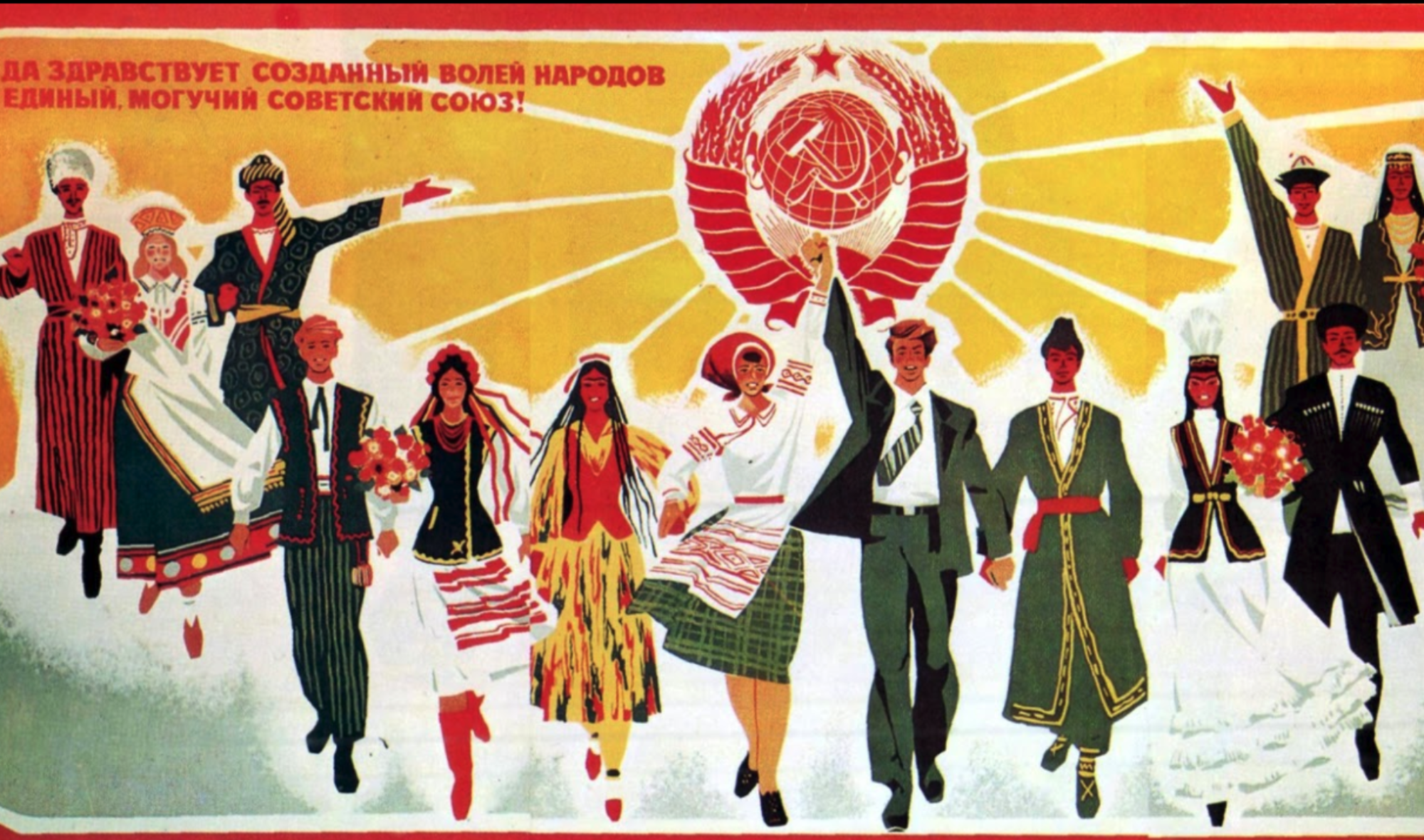In the Forge of Kazakh Proletariat, the struggles the Soviet faced in attempting to assimilate the Kazakh people was a reflection on the national identity issues the government faced when dealing with the multitude of enthic groups within the empire. The main goal of the Soviet Empire was to “….end national oppression and ethnic “backwardness” through economic development and political mobilization”. (Payne 224) Industrialization was number one on the list for Soviets to get the economy on its feet as it fit into the “Big Picture”. The Kazakhs faced ethnic discrimination and were forced to leave their nomadic, agricultural-based lifestyles and adapt to the Soviet- coerced industrial work life. The Soviet government wanted to create an industrial-booming society that was not divided by social/economic class, genders, and was free of ethnic discrimination. However, what was achieved was a complete breakdown of the Kazakh society; as it did not align with the wants and needs of the Soviet government. After reading this chapter, some questions that came to mind was:
- Why was the idea of social advancement for ethnic groups such a threat for the Soviet government?
- “Ethnic Backwardness” was a common trope that was used by the Soviet government as an excuse to single out an ethnic group that didn’t share the same cultural characteristics as the majority in the Soviet Empire. By the Soviet government not embracing these different ethnic groups and instead deeming them as “backwards” and trying to assimilate them, doesn’t that serve as a form of ethnic discrimination?
- Nativization was the main policy the Soviet government tried to implement in order “to build ethnically based nations within the context of a politically and economically unitary state.” (Payne 224) Do you think this was an effective way of working towards constructing a unified nation or another forced concept by the Soviet government to dismantle and correct “ethnic backwardness”?

